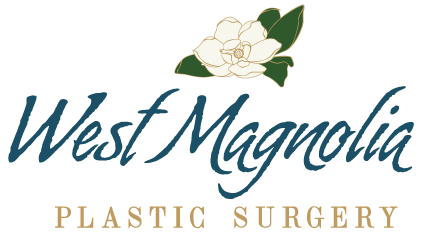Cheek Augmentation
What is Cheek Augmentation?
In some practices, cheek implants can be placed to enhance facial structure. These are permanent implants made of silicone. In my practice, I choose to avoid cheek implant for a variety of reasons but for the primary reason that I prefer a more natural, subtle look than implants can provide. I prefer to enhance the cheeks with fillers; in this portion of the face, the fillers last about a year and half and the volume can be adjusted for a more subtle but appropriate correction.
How long will surgery be?
Fillers are injected in the office under topical anesthesia. The filler has Lidocaine mixed in so as the injections progress, the patient gets a local nerve block effect. Injections in this area of the face are very well tolerated.
What kind of anesthesia will I have?
Topical anesthesia and the local anesthesia in the filler itself.
What is recovery like?
Most patients should expect some bruising from the injections. Once the injections are completed, ice packs are held onto the area and I recommend maintaining icing of the area on and off for the remainder of the day. If bruising does occur, it is generally easily concealed with makeup and in most cases has resolved within a week to 10 days.
What are the risks of a cheek augmentation?
Bruising and redness at the site of injection. If modest correction is performed, some patients desire additional rounds of injections to precisely calibrate the final appearance.
How do I prepare for cheek augmentation?
After a consultation to discuss the patient’s interests, an office visit is scheduled for the actual injections. Photos are taken for later comparison and topical anesthesia is applied for about 15 minutes prior to injecting.
